
Tonsillectomy for removal of tonsils
The tonsils are pads of tissue shaped like ovals and they are located in the back of the throat. There are two of them and each is on one side of the throat. Tonsillectomy is a surgical procedure where both of the tissues are removed. Nowadays, tonsillectomy is done when the tonsillitis appears quite often or in situations when it does not respond properly to any other way of treatment. However, the situation was not the same some years ago as the procedure was performed in order to treat an infection and inflammation of the tonsils. The removal of the tonsils is also done when a person experiences certain breathing problems or when the tonsils are diagnosed with some disease that is not that often seen.Before the procedure can be done, the patient will be asked certain questions and that is a normal procedure before the surgery. The doctor usually asks about the medications the patient is on, his or her family history of adverse reactions to anesthetics and if there are any allergic reactions to any of the medications. When the doctor has finished with the question, he or she will tell the patient how to prepare for the surgery. Aspirin and such medications must not be taken for a period of 14 days before the surgery, nothing should be drank or eaten on the day of the surgery and the patient should bring someone who will drive him or her home after the procedure.
Tonsillectomy is performed under general anesthesia and the patient is usually free to go home the same day. This is not the case if complications occur but they occur almost never. The tonsils are cut out with either a blade or a specialized tool that uses either heat or high-energy sound waves. Even though no pain is experienced during the procedure, almost every person will experience it after the surgery. The medical staff will prescribe certain medications for that purpose. Drinking a lot of fluids after the surgery is vital but milk should be avoided for at least one day. When food is considered, it is best to consume such food that is easy to swallow for the first couple of days. Spicy and crunchy foods should be avoided. Rest is a significant part of the recovery process.Safety of tonsillectomy
Recurrent infections of acute tonsils are the main reason why tonsillectomy is done. However, one recurring infection is almost never enough for the doctor to perform the surgery, there have to be more several of them. Other conditions that may have tonsillectomy as their only way of treatment include serious pain due to chronic tonsillitis, more than one bout of peritonsillar abscess, sleep apnea, problems with swallowing because the tonsils are too big and tonsils stones in the back of the throat.The experts in the United States agree that it costs less money for a patient to have the procedure of tonsillectomy performed on him or her than to treat the infected throat every time an infection occurs. In addition to this, the surgical procedure is a lot more effective than the usual means of throat treatment.
The data in the United States shows that the morbidity rate associated with tonsillectomy is between 2 and 4% and that is only in patients who experience bleeding after the surgery. Death due to airway obstruction or anesthesia occurs in one patient out of 15,000. This is why it is essential to go to the hospital if bleeding is seen after the surgery. In some situations even a surgery is required for the bleeding to be stopped. Apart from bleeding, a patient should visit a doctor if he or she experiences a fever higher than 102 F, dehydration or problems with breathing. The most often seen symptoms of dehydration in children are crying without the tears and urinating less than 3 times per day. When breathing problems are considered, snoring and noisy breathing are normal in the period of up to 14 days after the surgical procedure. However, if the child experience any kind of breathing problems before or after that period, it is vital that the parents take him or her to the hospital.


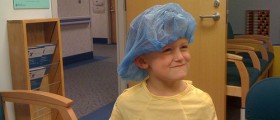


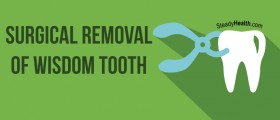
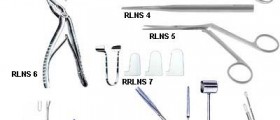

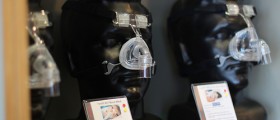
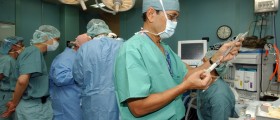
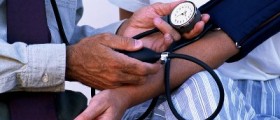


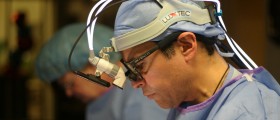


Your thoughts on this
Loading...